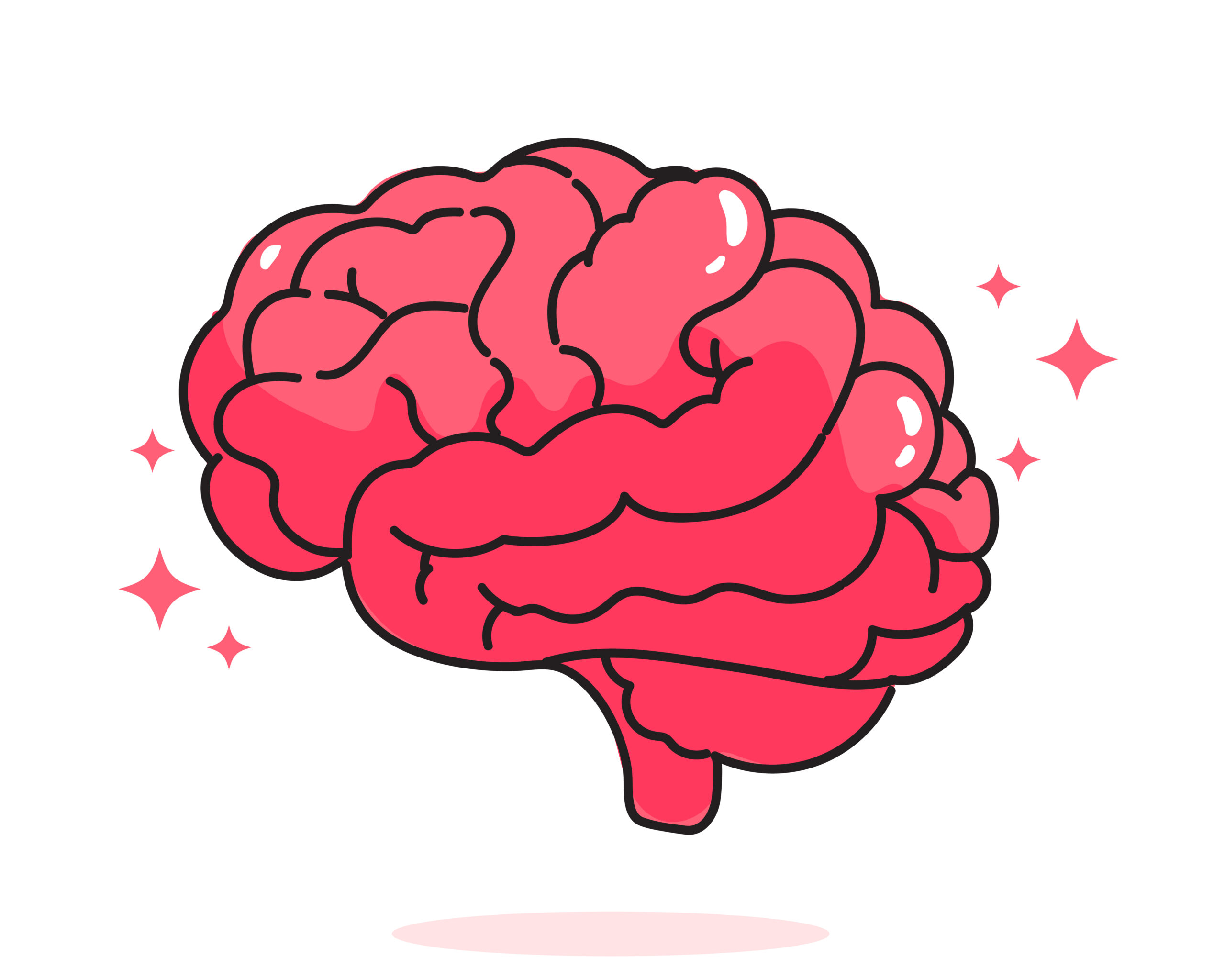Understanding victim blaming: unravelling the complexities of human psychology

When faced with an unfortunate incident, it is not uncommon for some individuals to engage in victim blaming, a phenomenon that involves attributing fault or responsibility to the person who has experienced harm. Victim blaming can occur in a variety of contexts, such as cases of sexual assault, domestic violence, bullying, or even accidents. While victim blaming is not a universal response, it remains a perplexing aspect of human psychology that warrants exploration and understanding. In this blog, we delve into the underlying factors and psychological mechanisms that contribute to victim blaming behaviour.
Cognitive dissonance
Cognitive dissonance refers to the discomfort experienced when holding conflicting beliefs or attitudes. In cases of victim blaming, individuals may unconsciously seek to reduce their own discomfort by blaming the victim rather than acknowledging the existence of harm or injustice. By assigning responsibility to the victim, they align their belief that the world is a just and fair place with the unfortunate event that occurred.
Attribution theory
Attribution theory deals with how people explain the causes of events and behaviours. In instances of victim blaming, individuals may engage in what is known as the fundamental attribution error. They tend to attribute negative events to internal characteristics of the victim, such as their behaviour or choices, rather than considering external factors that may have contributed to the situation. This biased thinking can provide a false sense of security by assuring individuals that they are in control of their own lives and that similar harm won’t befall them.
Empathy gap
Empathy plays a crucial role in understanding and relating to others’ experiences. However, people may struggle to empathize fully with victims due to a lack of personal experience or difficulty imagining themselves in similar circumstances. This empathy gap can lead to a failure to grasp the magnitude of the harm suffered by the victim, making it easier to assign blame instead of offering support.
Just world hypothesis
The just world hypothesis suggests that individuals have a deep-rooted need to believe that the world is fundamentally fair. Victims of unfortunate events challenge this belief, which can create discomfort and cognitive dissonance. To alleviate this discomfort, individuals may engage in victim blaming as a means of reaffirming their belief in a just world. By blaming the victim, they maintain a sense of control and distance themselves from the possibility that they, too, could become victims.
Societal and cultural influence
Societal and cultural factors also contribute significantly to victim blaming. Stereotypes, biases, and cultural norms can shape the way individuals perceive and respond to incidents. Cultural narratives that perpetuate victim blaming can reinforce the notion that victims are somehow responsible for the harm they have endured. These influences make it challenging for individuals to break away from the prevailing attitudes and beliefs, further perpetuating victim blaming behaviour.
Victim blaming is a complex phenomenon that arises from a combination of psychological and sociocultural factors. Understanding why people engage in victim blaming requires us to explore cognitive dissonance, attribution theory, empathy gaps, the just world hypothesis, and societal influences. By recognizing these underlying mechanisms, we can strive for greater empathy, challenge harmful narratives, and create a more supportive and compassionate society that acknowledges the experiences and suffering of victims without placing blame upon them.

